(March 05, 2024) With a 20-year journey in design that started in London, Gunjan Gupta is an artist and designer of products and spaces and the owner and founder of Studio Wrap and Ikkis. She has showcased her iconic designs at leading design fairs like Design Miami, Art Basel, Fuorisalone Milan, and Design Days Dubai, among others.
Tale of two cities
Gupta grew up in Bombay, and her earliest influence was her mom’s kitchen, as her home was always full of guests and food. As a young kid, she enjoyed the clutter in the kitchen.
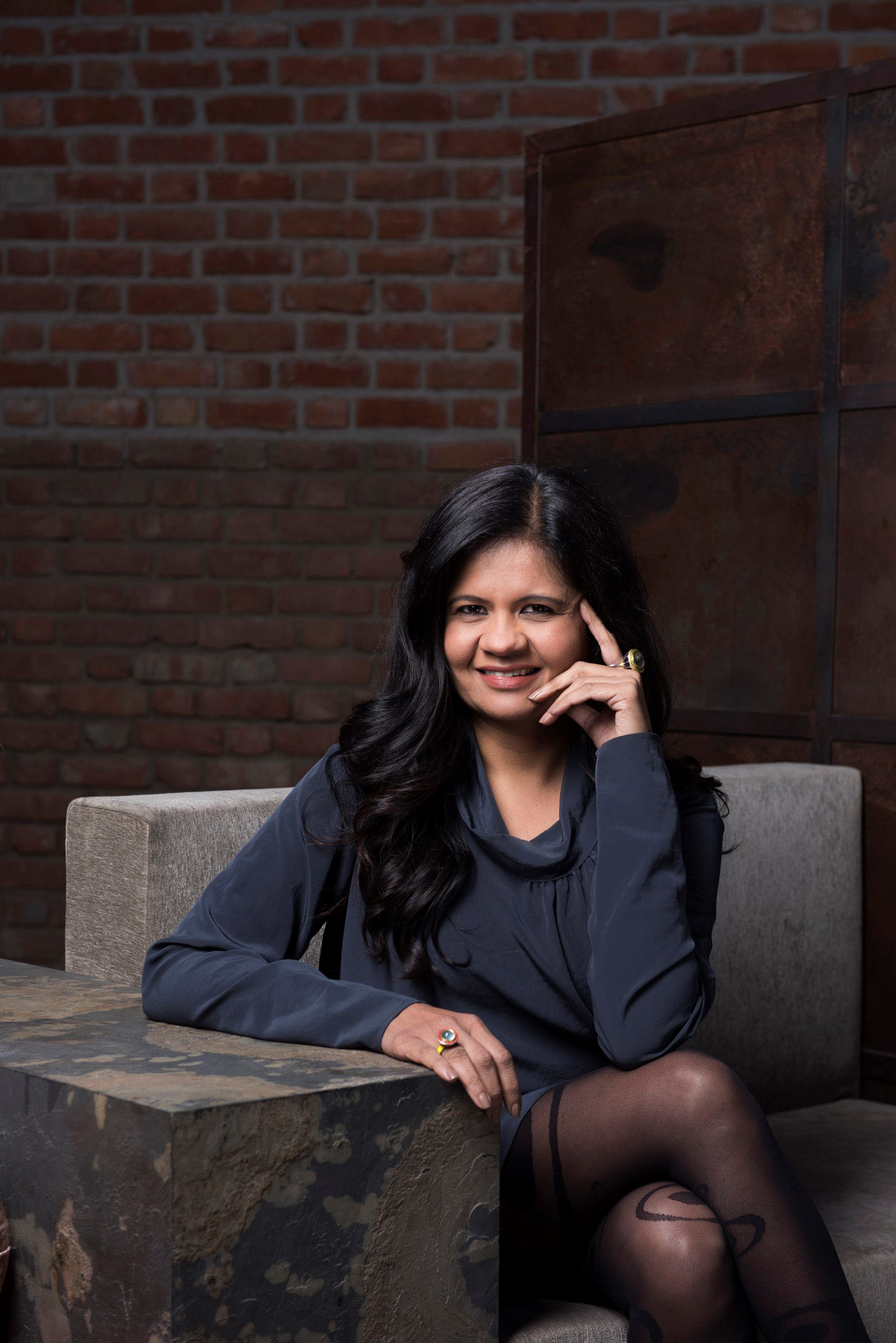
“Bombay is very fast-paced, and its urban reality has always been an inspiration; it’s how the streets function in Bombay and the ingenuity of how people utilise various elements of daily living that were always fascinating for me and a true inspiration. I then married and moved to Delhi – the city sharply contrasted to Bombay. And it inspired me in another way – and my design practice is, in a way, a tale of these two cities – Bombay and Delhi. I studied in St Xaviers. I wanted to be a journalist, but then I studied Interior Design, and of course, my journey took a different direction,” the Global Indian reminisces.
A path well-trodden
Gupta started by researching Indian design history and crafts, which started with her questioning the lack of representation of Indian design internationally. She seeks to alter this narrative with her designs showcased at leading design fairs such as Fuorisalone in Milan, Design Miami, Art Basel, and Design Days Dubai. Global art collectors, including celebrities, institutional heads, and design critics, have sourced her work.
View this post on Instagram
“My work aspires to blur the boundaries between art and design. My work has been exhibited at the Triennale Design Museum in Milan and the Kochi Art and Venice Architecture Biennales in 2016. I have also taken up curatorial roles at the India design exhibition at Revelations Fine Craft Biennial (Paris, 2019) and Experimental Design Biennale (Lisbon, 2009),” she explains.
Study in Contrasts
Her creative endeavours are evident in pieces found within GG Collectibles, which skillfully navigate India’s cultural complexities. These creations explore the juxtaposition of master craftsmanship and jugaad, spanning various materials and forms, including furniture, jewellery, photography, and wall art. They comprise conceptual objects in a signature vocabulary of materials, crafting techniques, and unique narratives.
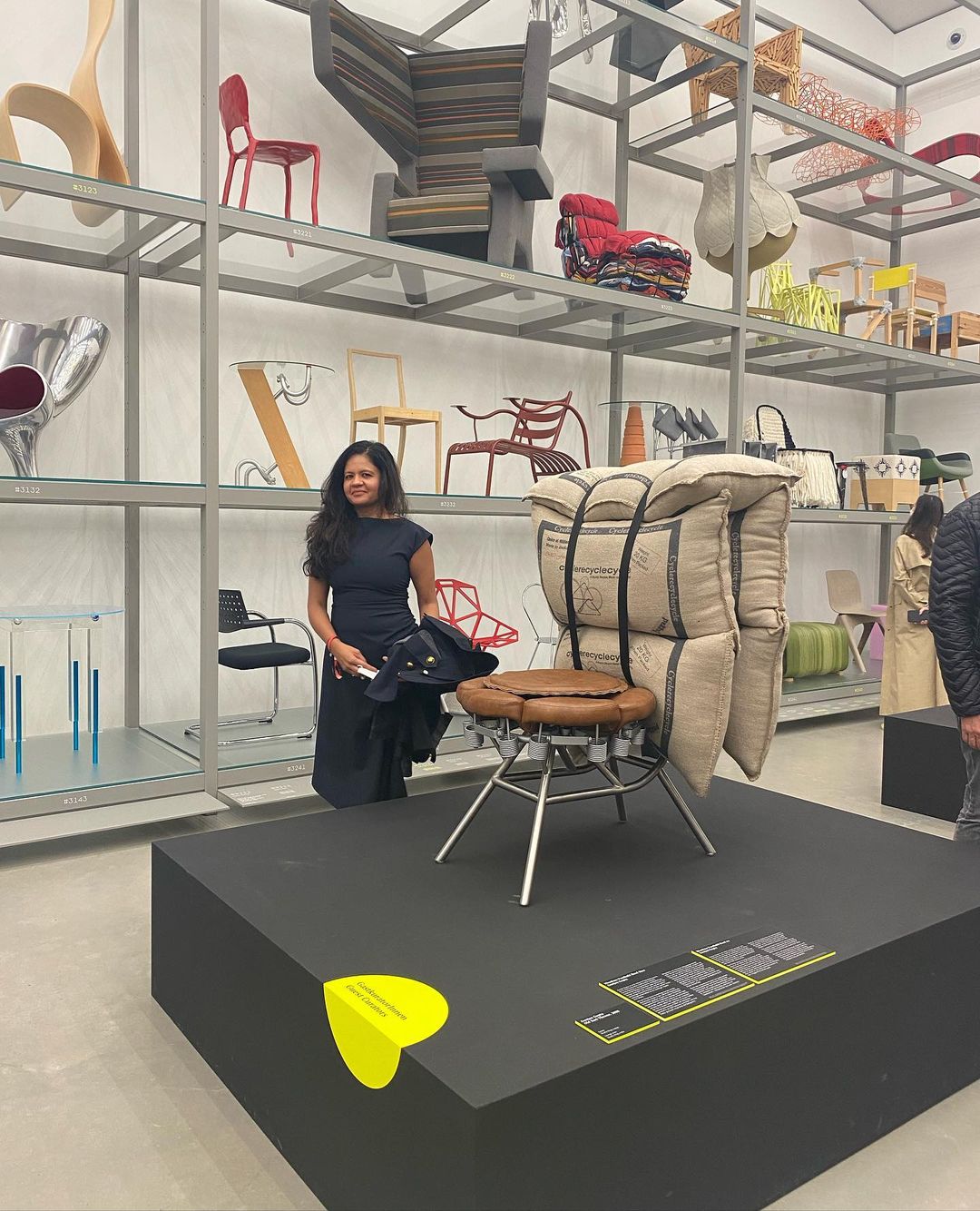
“The piece ingeniously combines artistry with functionality, making them international quality aspirational artworks rooted in Indian culture and tradition. Using a distinctive, playful style through a research-based approach to material innovation, these pieces showcase an innovative re-imagination of India’s handmade and craft traditions, while staying true to its aesthetic legacies,” she explains.
Designs on Décor
Studio Wrap is a New Delhi-based luxury interiors, furniture, and product design studio that conceptually looks at how wrapping imbues any object or space with a new identity and set of values named after an obsolete Indian craft. Ikkis emerged as a design brand, debuting at Maison et Objet in Paris in 2019. Unveiling an iconic collection tailored for 21st-century living, Ikkis presented 21 meticulously crafted objects from its unlimited series, redefining contemporary design with innovation and elegance.
View this post on Instagram
Her creative pursuits intertwine the realms of luxury interiors and collectible design, underscored by a steadfast commitment to advocating for craftsmanship and democratising design through a research-driven approach. In addition to serving as the visionary force behind Studio Wrap, a prominent interior and furniture design studio based in New Delhi, Gunjan Gupta is also the founder of IKKIS, a product design brand. At IKKIS, classical forms are reimagined as contemporary design pieces tailored for modern homes. Gunjan articulates her creative philosophy: “My practice delves into cultural paradoxes, challenging assumptions surrounding Indian societal constructs and exploring the interplay between master craftsmanship and jugaad.”
French Connection
As a jury member, Gupta was invited to the 2022 Elysee Palace Paris – Le French Design 100. It was a global panel – from Tim Marlow of the Design Museum in London to Designer and Architect Philippe Starck. “We were invited by the president of France and his wife on account of the announcement of the winners. It was a highlight of my experience given the ‘who’s-who’ of design being flown in from different parts of the world – from Argentina to Singapore. It was an opportunity of a lifetime – to be in this historic palace that was the residence of the President of France and his wife. It is interesting to see how the First Family of France is so deeply involved in design – how the First Lady has used design within the historic palace,” she says.
Block by Block
She says the best way to address challenges in a design career is to be persistent. “I began my career by striving forth a narrative leveraging the knowledge of contemporary design in India encompasses. I kept going, stayed true to my vision, and kept the design vocabulary intact. A long-term commitment was made to the practice. And this persistence and perseverance in one’s vision have genuinely paid off rich dividends,” she explains. As a creative person, she says there is little difference between being free and working time and that the boundaries between these are blurry.
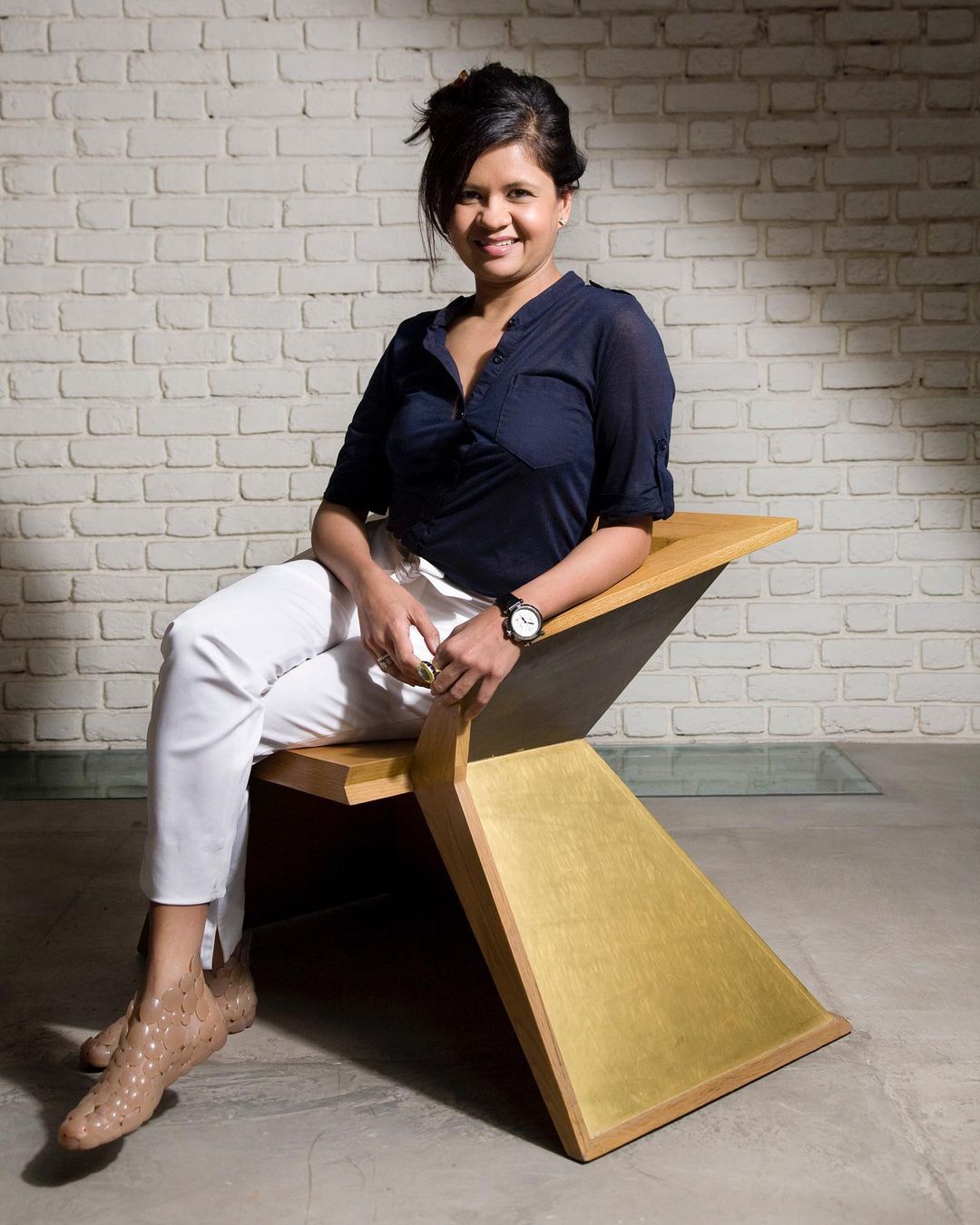
“Free time is your work time also. It is the time you probably think about things; you are not working on a timeline, deadline, or project – you are probably watching TV or listening to music, but you are always thinking and ideating.” With a thriving collectible design practice, she is launching Ikkis in Milan this year with Maria Cristina Didero. She has several ongoing interior design projects in the pipeline as well.



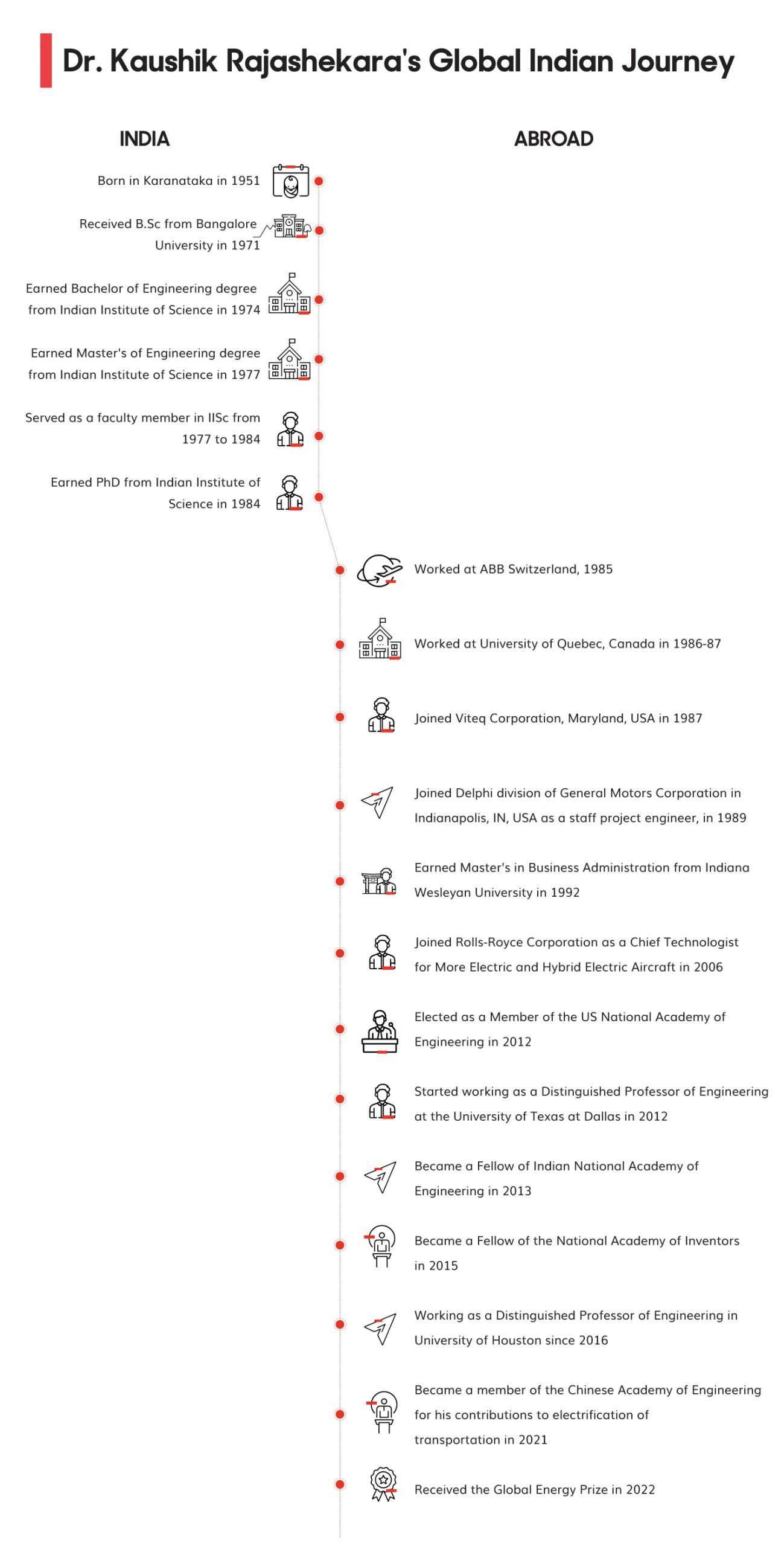
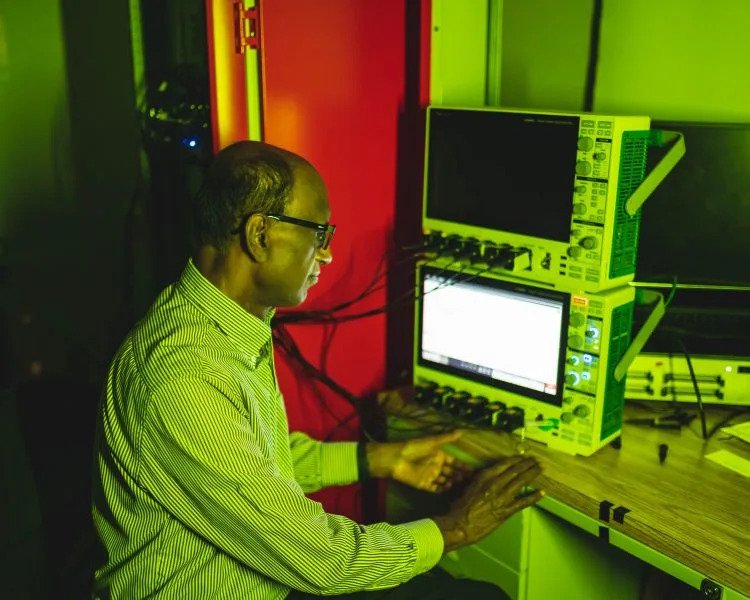
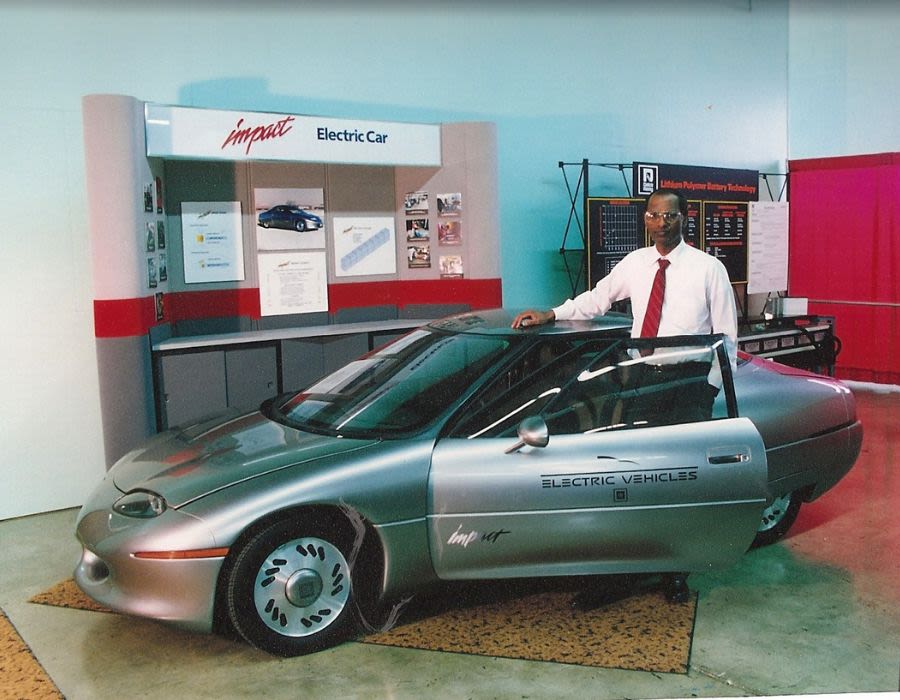 Dr, Rajashekara with GM Impact electric vehicle in 1993[/caption]
Dr, Rajashekara with GM Impact electric vehicle in 1993[/caption]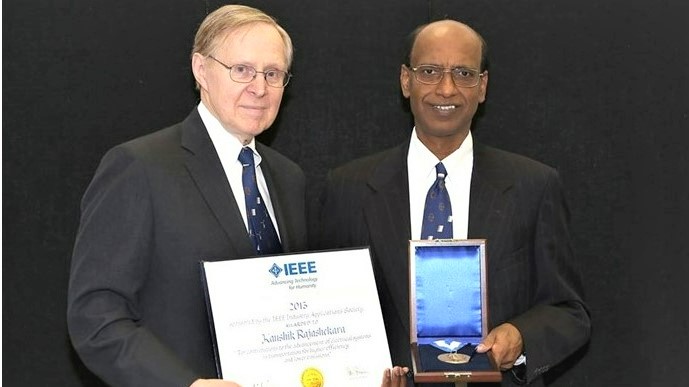 Dr. Rajashekara receiving the prestigious IEEE Kaugmann award from IEEE President, 2013[/caption]
Dr. Rajashekara receiving the prestigious IEEE Kaugmann award from IEEE President, 2013[/caption]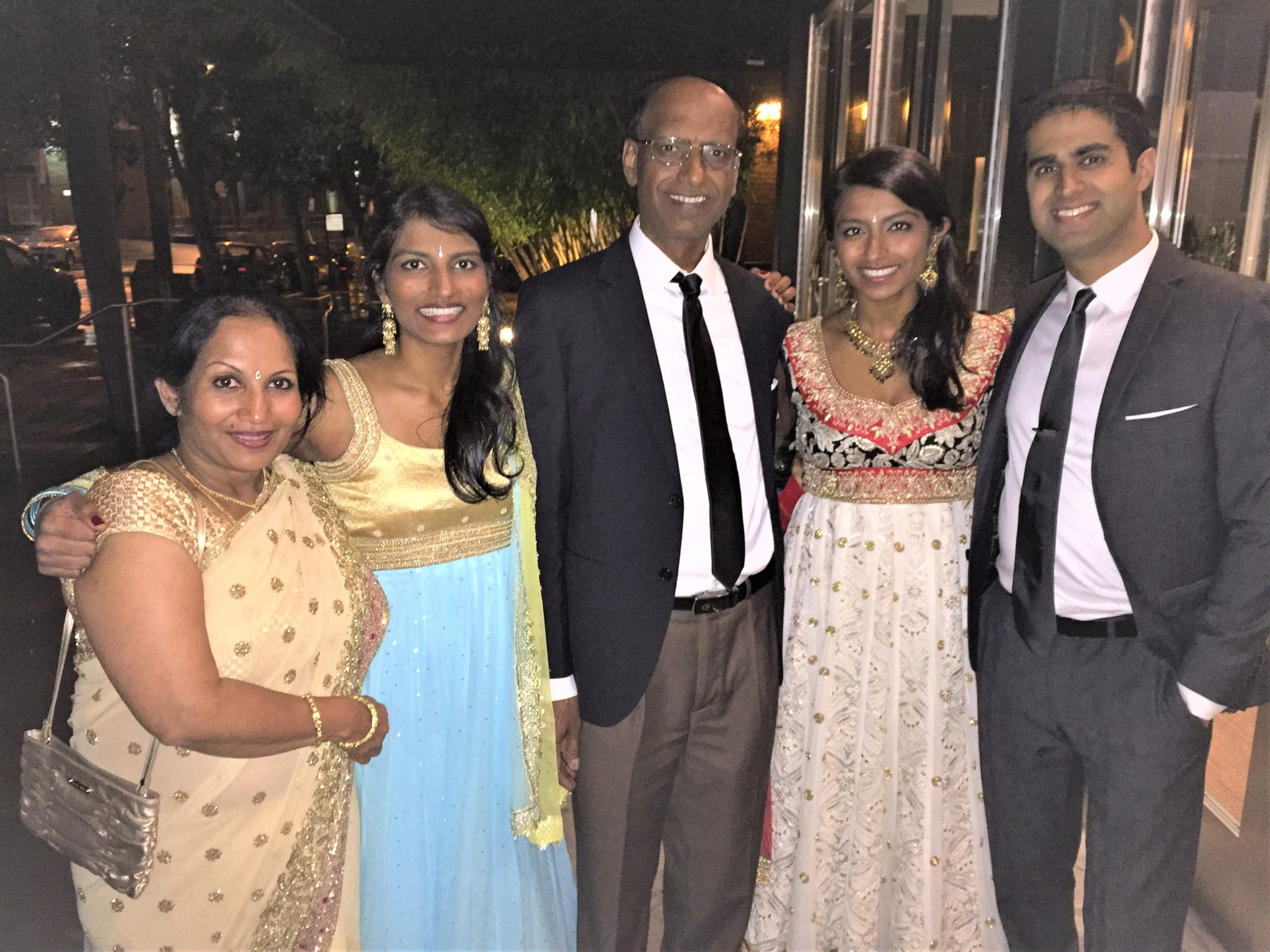 Dr. Rajashekara with his family[/caption]
Dr. Rajashekara with his family[/caption]
 The 'Gilded Noir saree set' (hand-embroidered, natural crepe) from the Wilderness collection[/caption]
The 'Gilded Noir saree set' (hand-embroidered, natural crepe) from the Wilderness collection[/caption] 'Animal' actor Rashmika Mandanna wearing a design by Geethika Kanumilli[/caption]
'Animal' actor Rashmika Mandanna wearing a design by Geethika Kanumilli[/caption]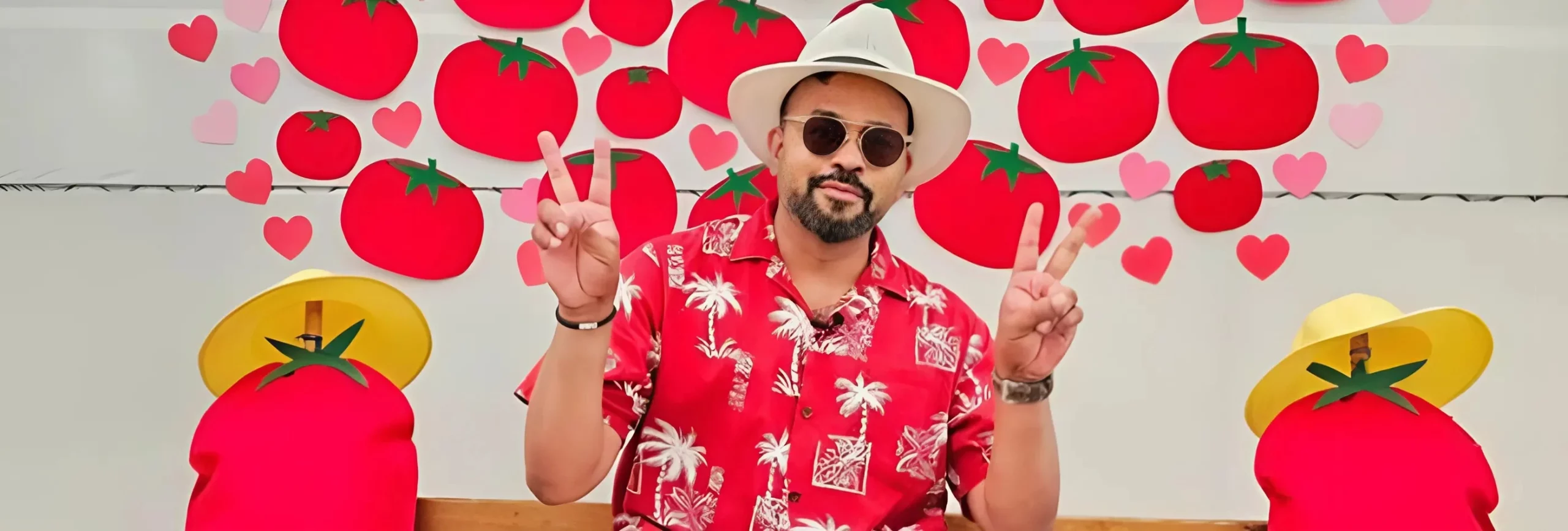
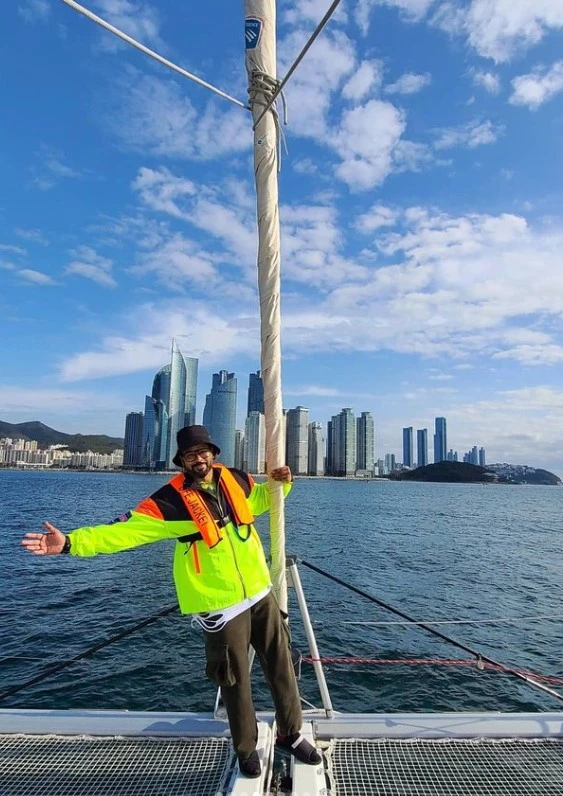
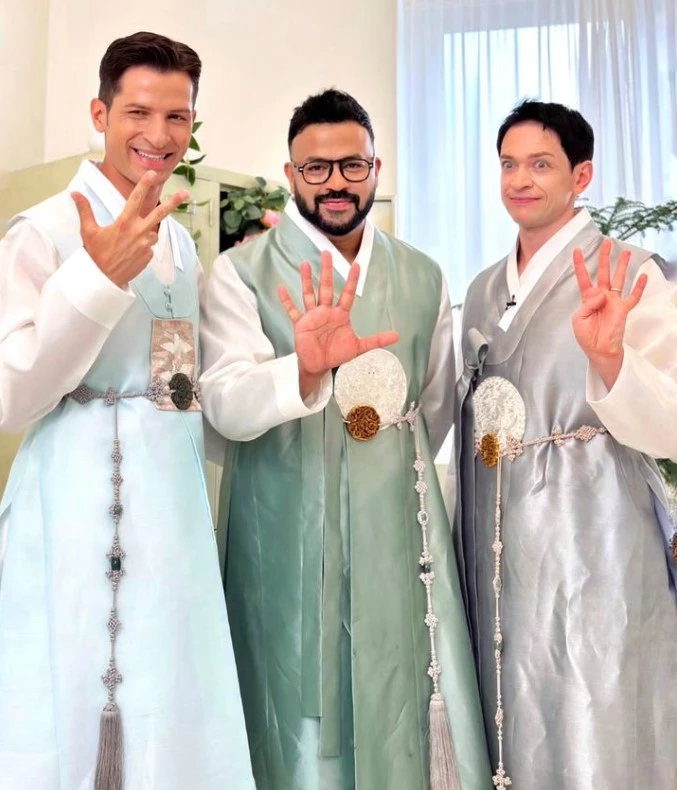 Lucky with famous expats in Korea during Chuseok, the harvest festival of Korea[/caption]
Lucky with famous expats in Korea during Chuseok, the harvest festival of Korea[/caption]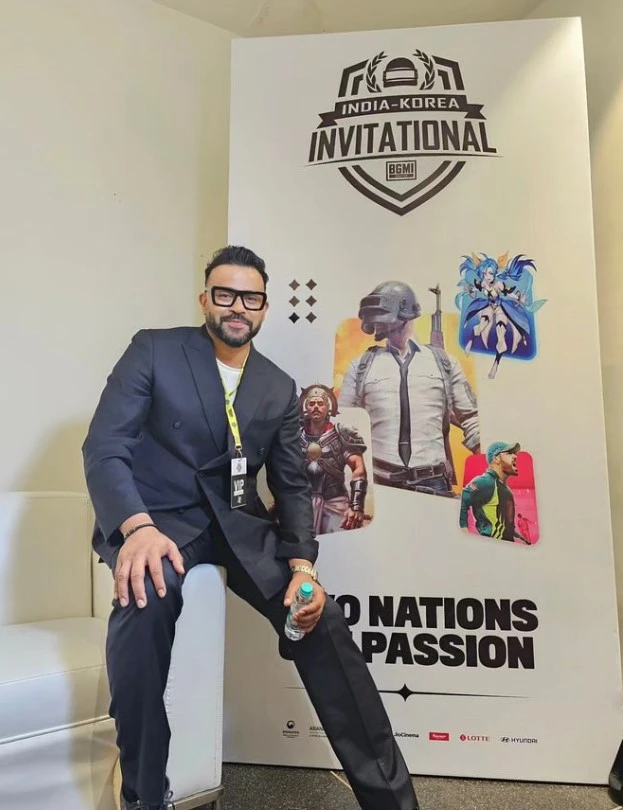
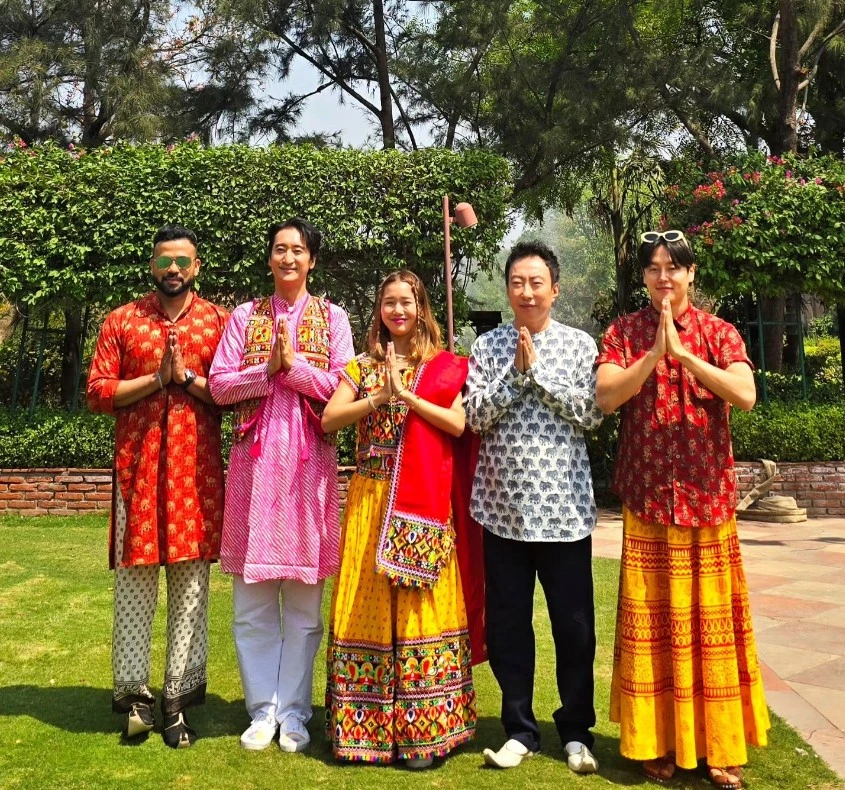 Lucky with fellow Koreans during Great guide India shoot[/caption]
Lucky with fellow Koreans during Great guide India shoot[/caption]
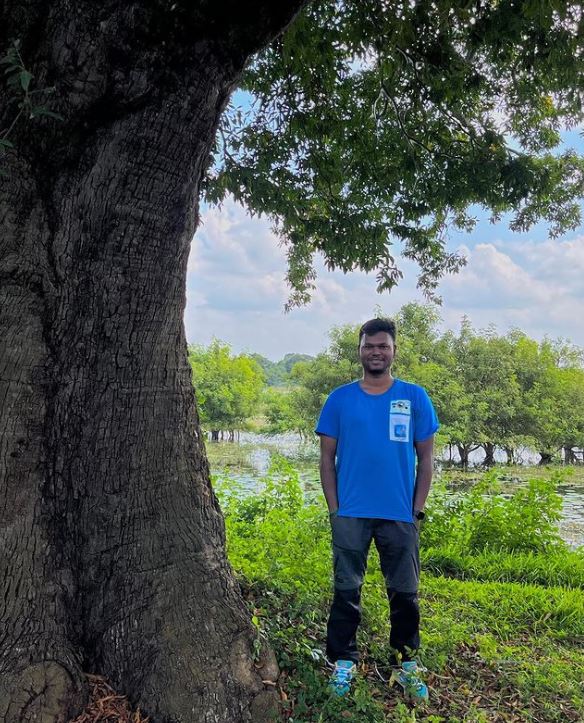 Nimal Raghavan[/caption]
Nimal Raghavan[/caption]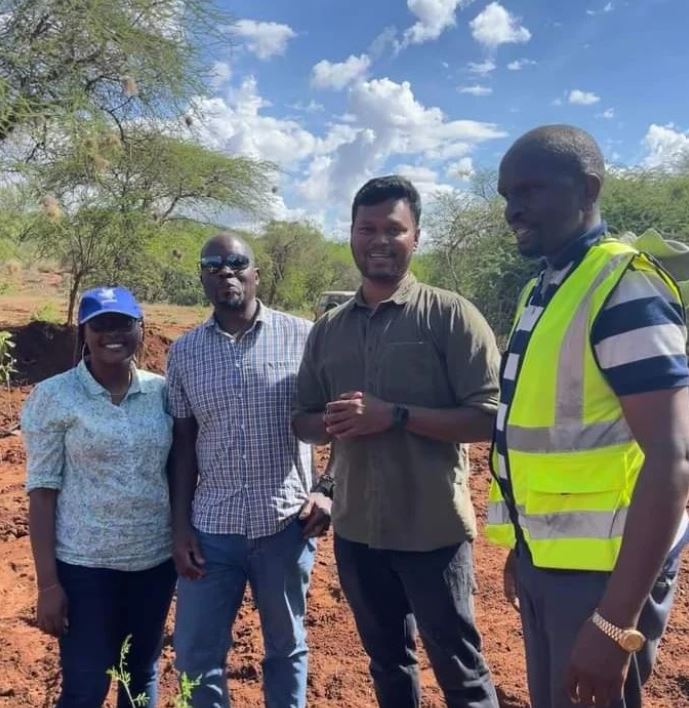 Nimal Raghvan in Kenya[/caption]
Nimal Raghvan in Kenya[/caption]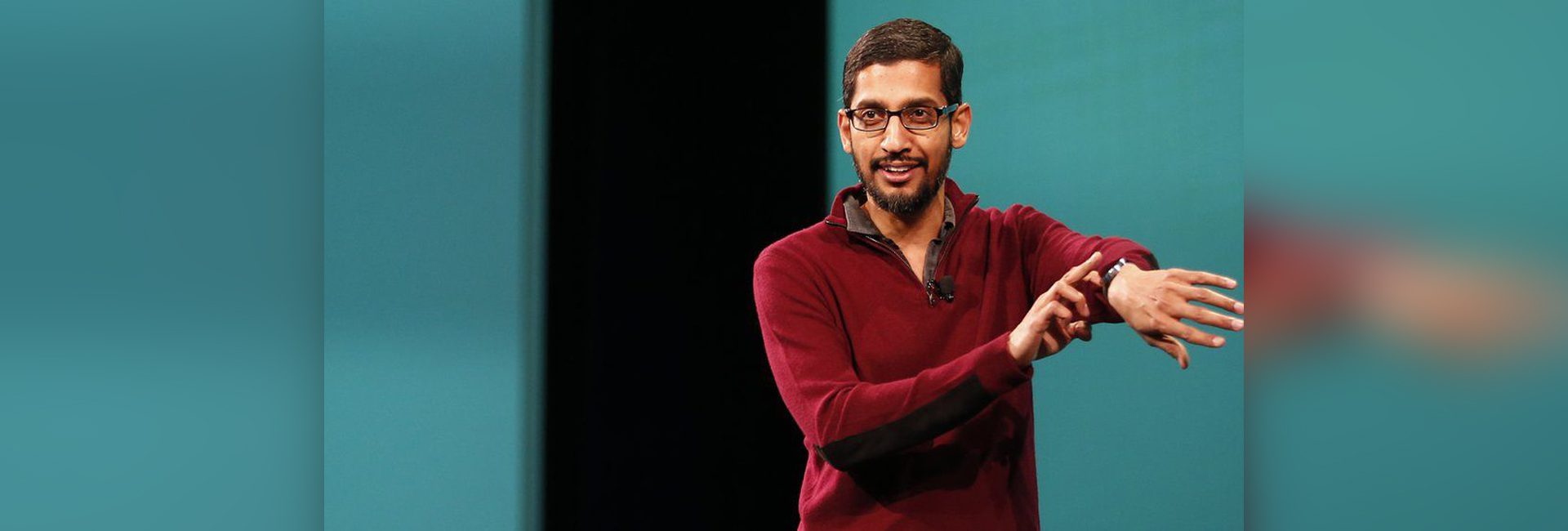
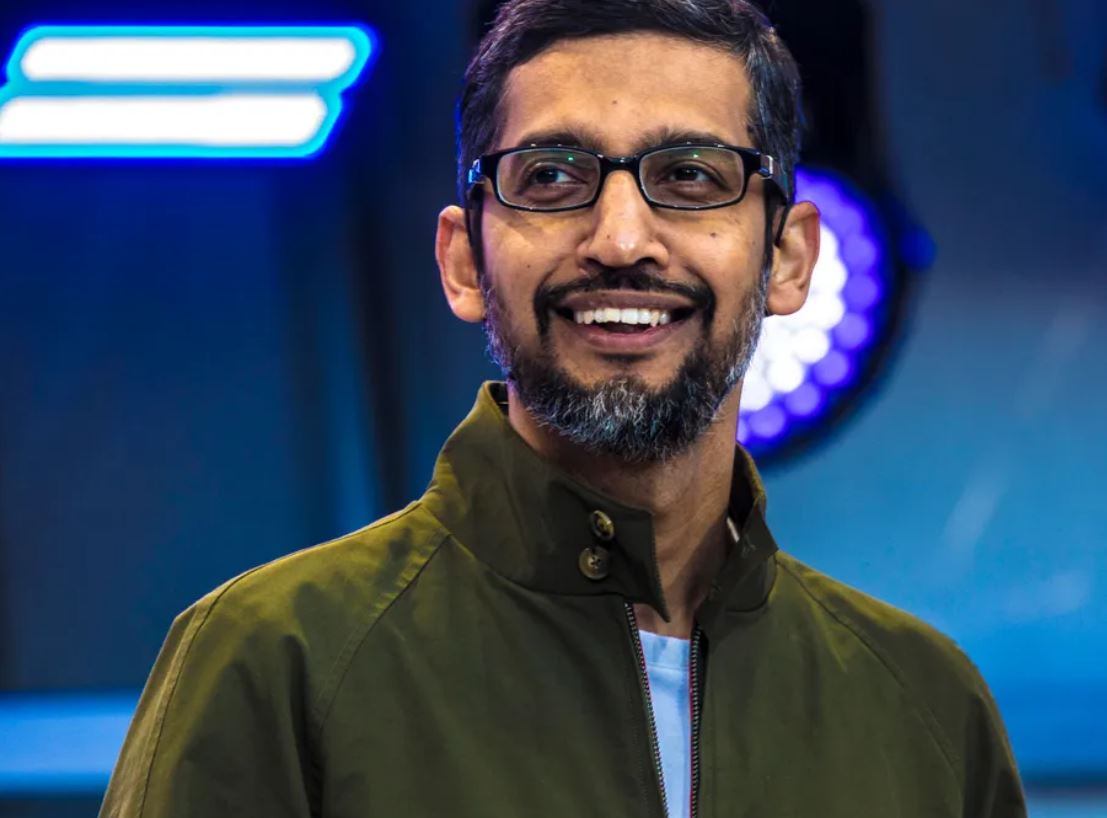 Sundar Pichai, Google's CEO[/caption]
Sundar Pichai, Google's CEO[/caption]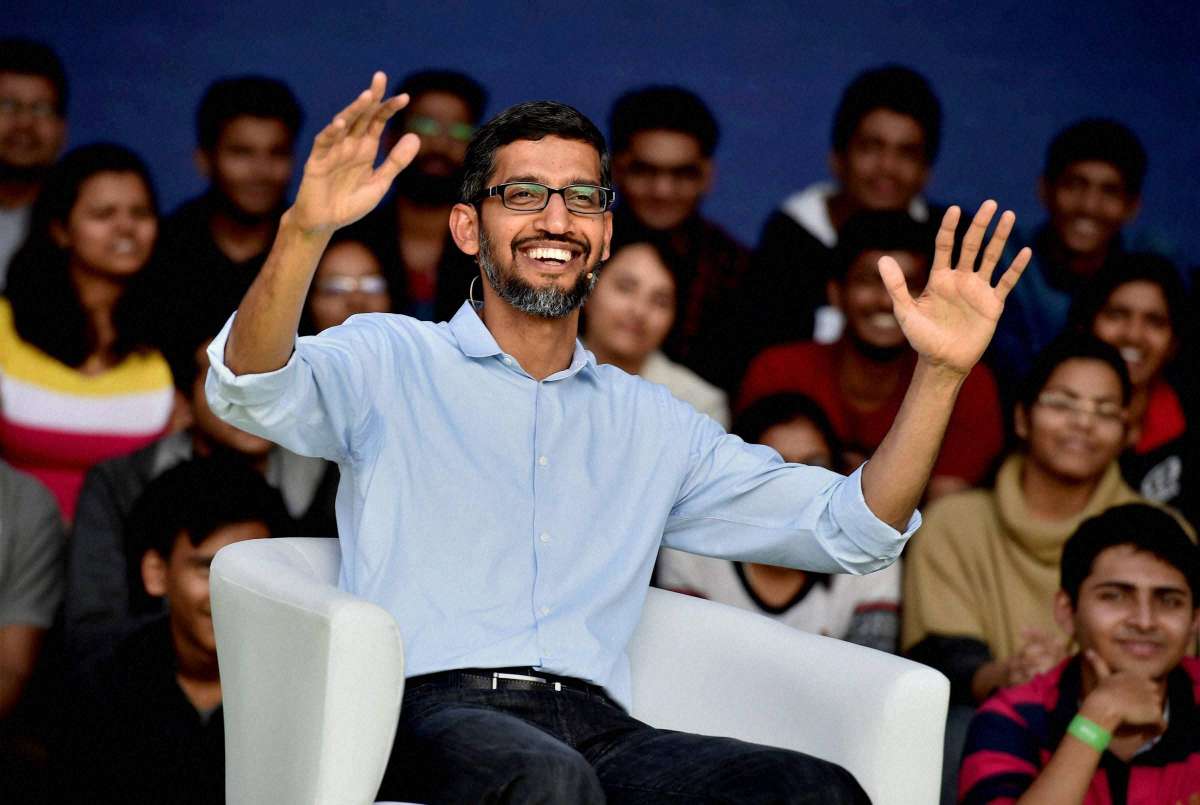 Sundar Pichai interacting with IIT Kharagpur students in one of his India visits.[/caption]
Sundar Pichai interacting with IIT Kharagpur students in one of his India visits.[/caption]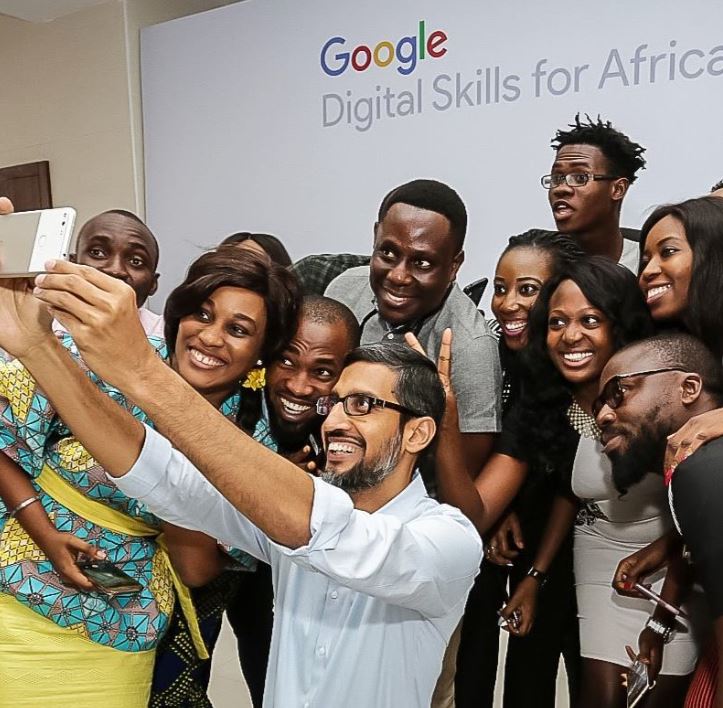 Sundar Pichai with Nigerian Google team during his visit to Africa[/caption]
Sundar Pichai with Nigerian Google team during his visit to Africa[/caption]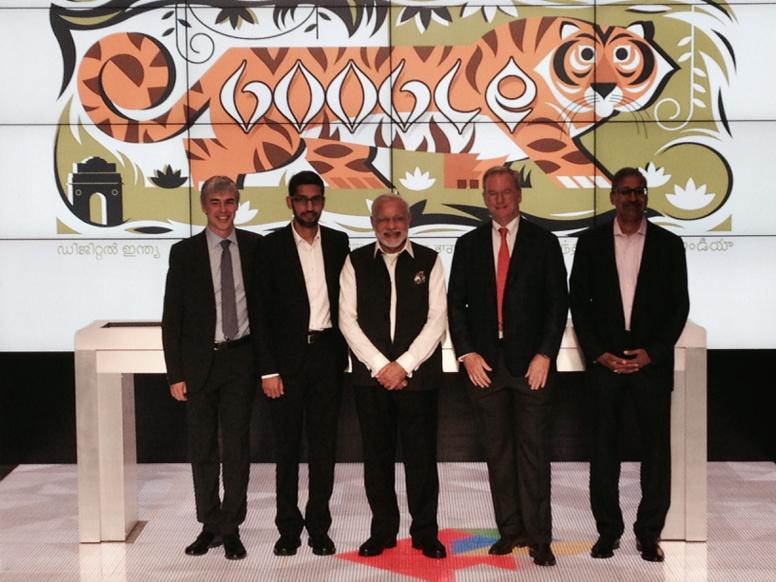 From Left to right : Larry Page (Google's co-founder), Sundar Pichai (Google's CEO), Narendra Modi (India's PM), Eric Schmidt (Google's former CEO), and Ram Shriram (American businessman)[/caption]
From Left to right : Larry Page (Google's co-founder), Sundar Pichai (Google's CEO), Narendra Modi (India's PM), Eric Schmidt (Google's former CEO), and Ram Shriram (American businessman)[/caption]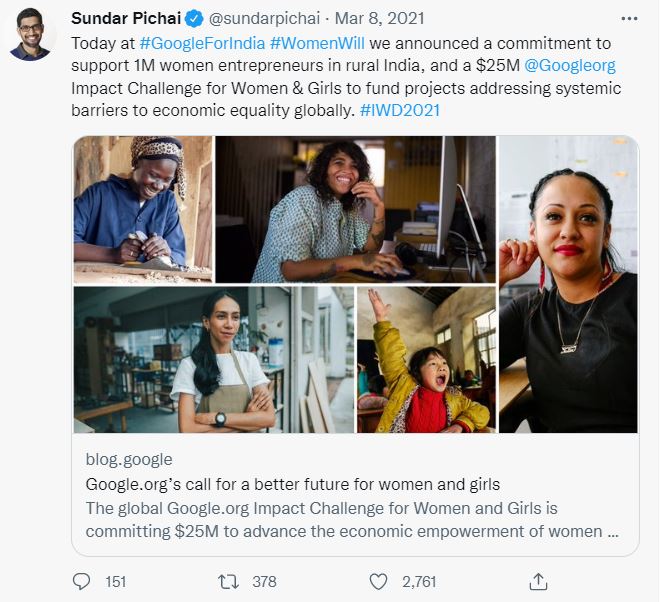
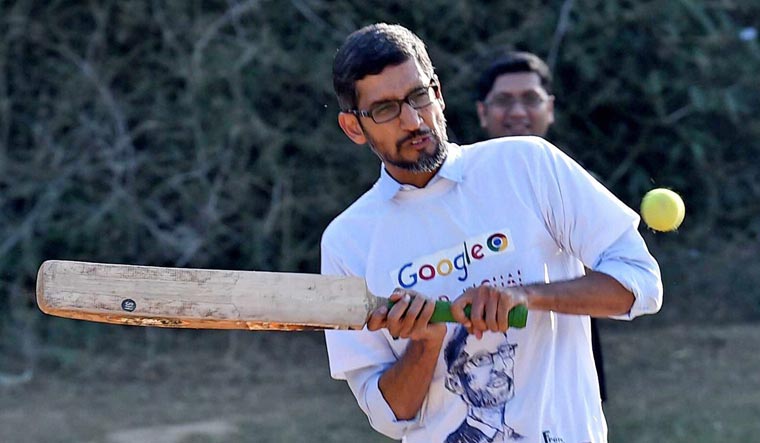 Sundar Pichai trying his hands at cricket[/caption]
Sundar Pichai trying his hands at cricket[/caption]